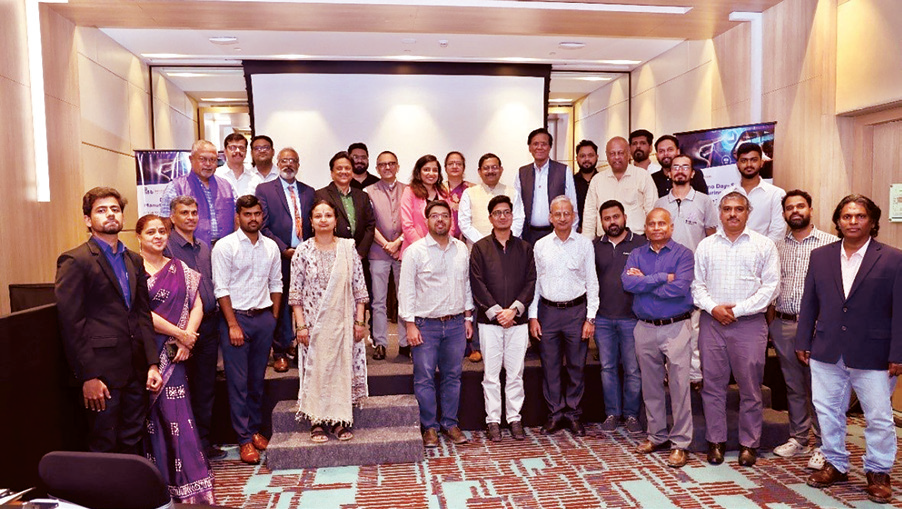
Aluminium battery is the new emerging tech
Soumik Dutta | NT
Bengaluru: An ef fective dry cell battery requires both a high energy density to power devices and the stability to ensure it can be recharged thousands of times without fail.
Lithium-ion batteries have been the top choice for three decades, their prowess reflecting in smartphones, laptops, and electric vehicles. The potential of lithium-ion is nearing its peak, there are certain shortcomings too.
With the emergence of next-gen long-distance electric vehicles and electric aircraft, the quest for battery technologies that are safer, more affordable, and more potent than lithium-ion is intensifying.
Researchers at the Georgia Institute of Technology in the US are developing this tech-breakthrough by using aluminium foil, presenting a more affordable and eco-friendly alternative to lithium-ion batteries.
These aluminium-anode solid-state batteries have enhanced energy storage and boast of increased stability. This development could allow electric vehicles to travel longer distances on one charge and make electric aircraft viable.
This battery system is not only cost-effective to produce but also benefits the environment, is highly recyclable, and user-friendly. In traditional lithiumion batteries, aluminium tends to fracture and deteriorate after just a few charge-discharge cycles because of the expansion and contraction caused by the movement of lithium within the material.
Unlike lithium-ion batteries, which have a combustible liquid that can result in fires, solid-state batteries use a non-flammable solid substance, making them potentially safer.
The Georgia research group recognized the potential advantages of using aluminium in terms of energy, affordability, and production when incorporated into the battery’s anode , the side that houses lithium to produce energy.
However, batteries with pure aluminium foils were degrading swiftly during tests. To overcome this, the team opted to integrate trace amounts of various material into the aluminium, crafting foils with distinct microstructures or configurations of the incorporated elements.
They examined over 100 different material to gauge their performance within the battery context. This showcased better efficiency and durability compared to regular lithiumion batteries.
The researchers noted the aluminium anode’s ability to house more lithium than typical anode material, translating to excellent energy storage. Ultimately, they devised batteries with a high energy density, showing potential to surpass the performance of lithium-ion batteries.
This will inspire fresh perspectives on crafting battery cells that are both energy-efficient and economical. Currently, the team is focusing on increasing the battery size to examine the impact of size on the behaviour of aluminium.
They are also delving into other materials and microstructures with the aim of producing cost-effective foils for battery configurations. By combining fresh insights with an emerging technology, the solid-state battery has attained good outcomes, hoping to transform the battery scenario for the transition to EVs.
 English daily published in Bengaluru & Doha
English daily published in Bengaluru & Doha






